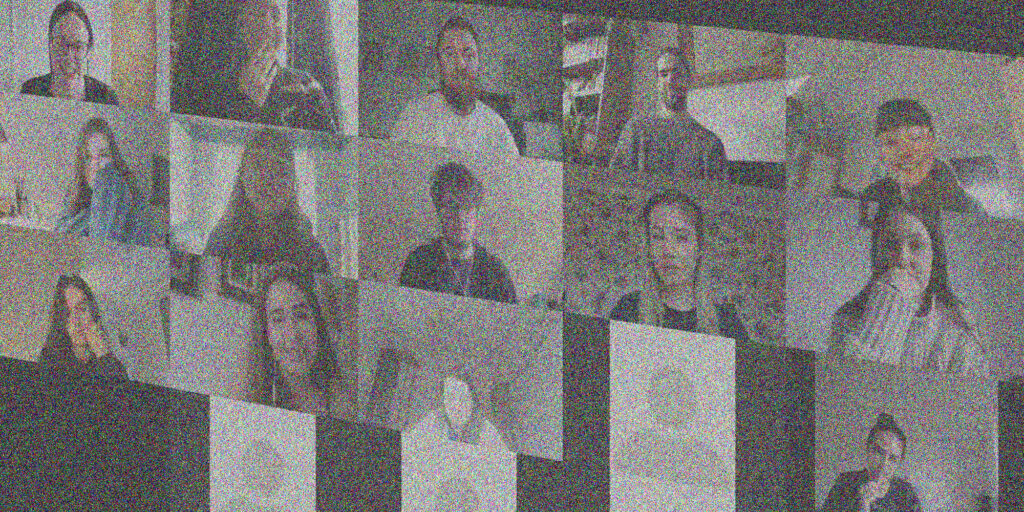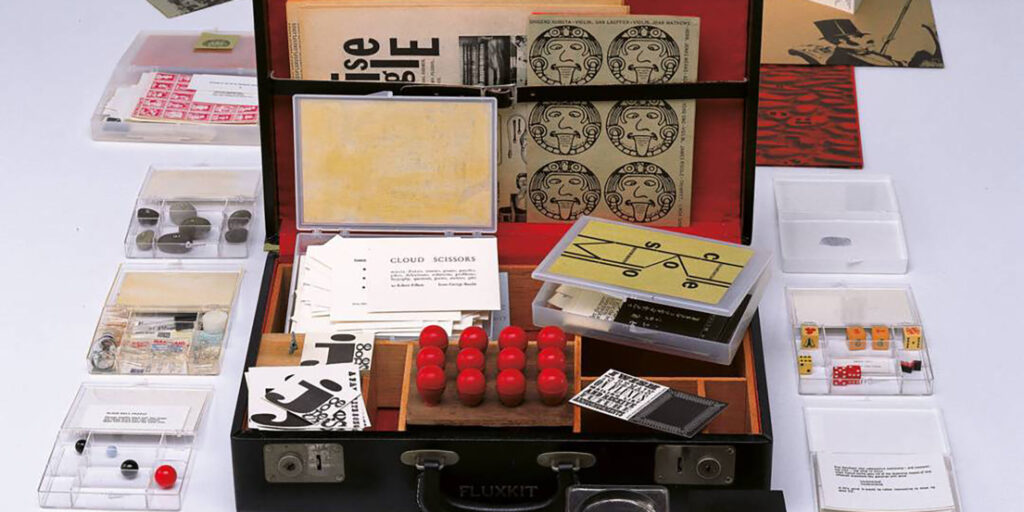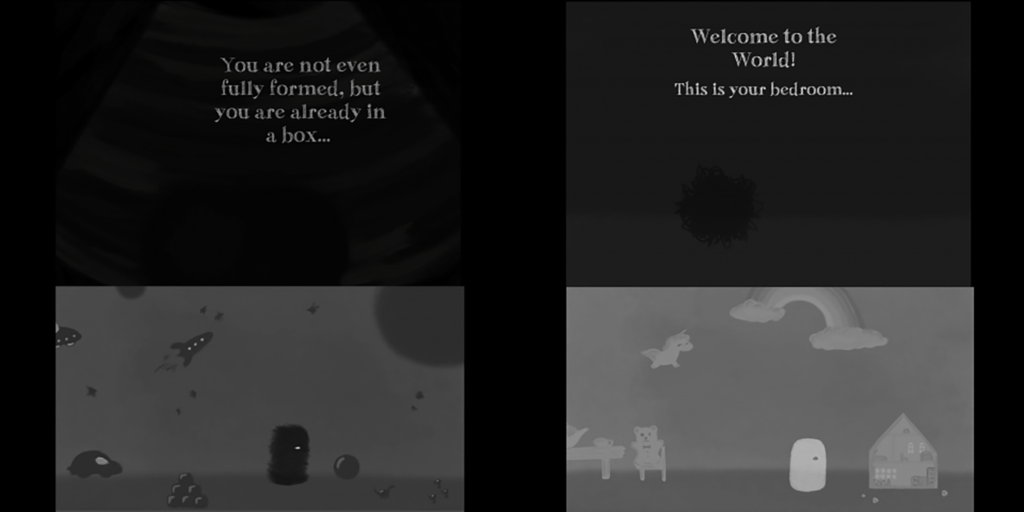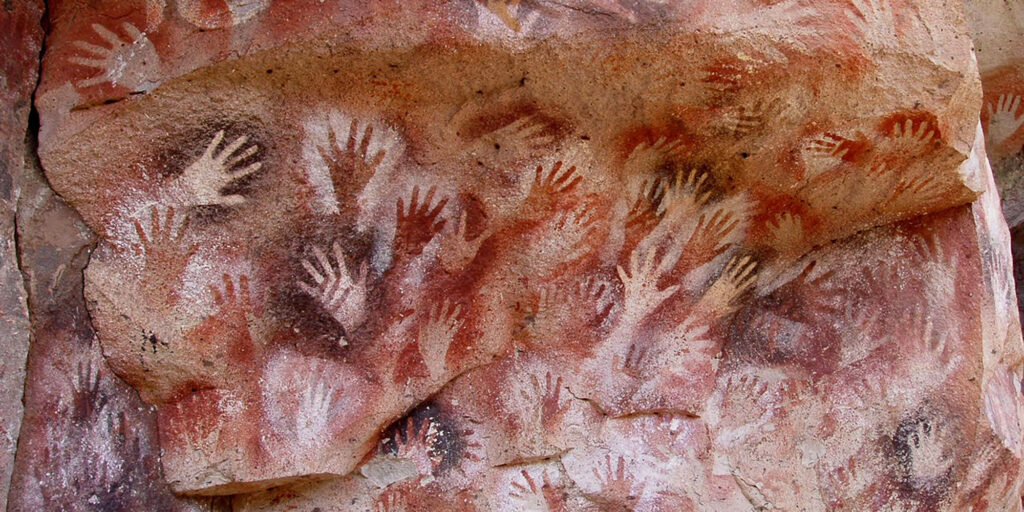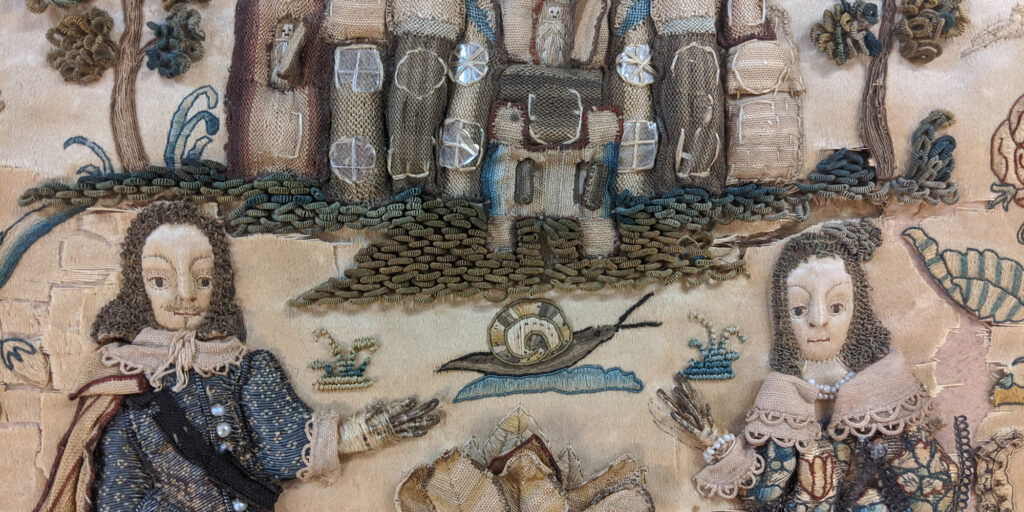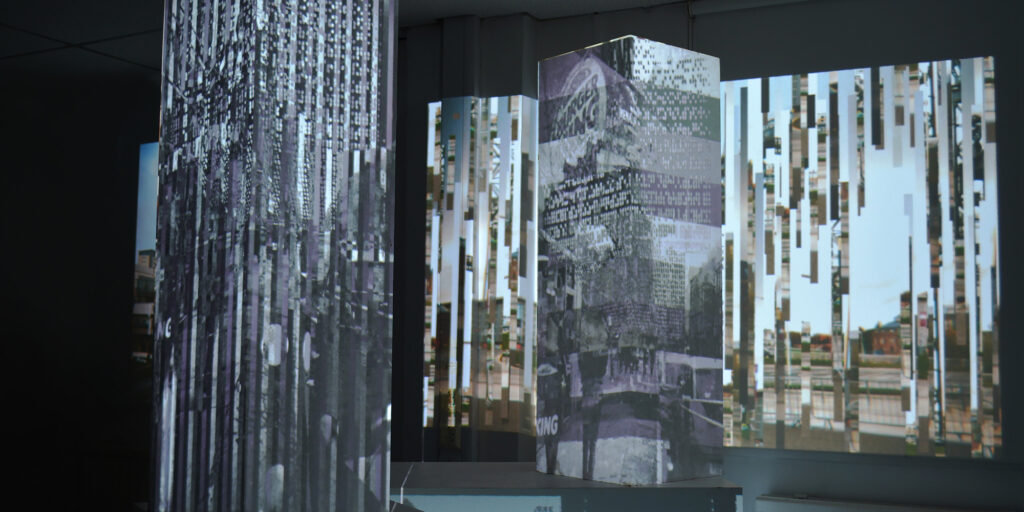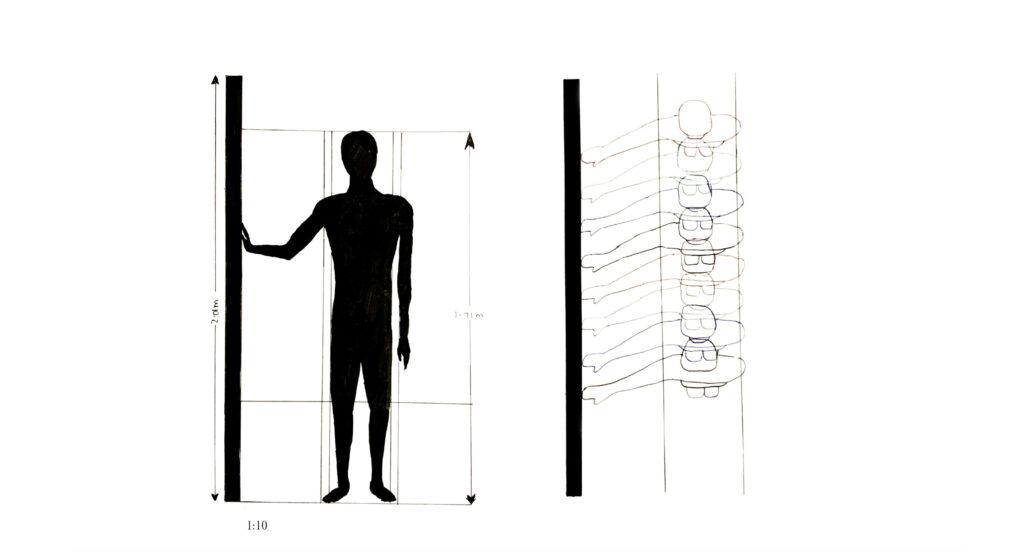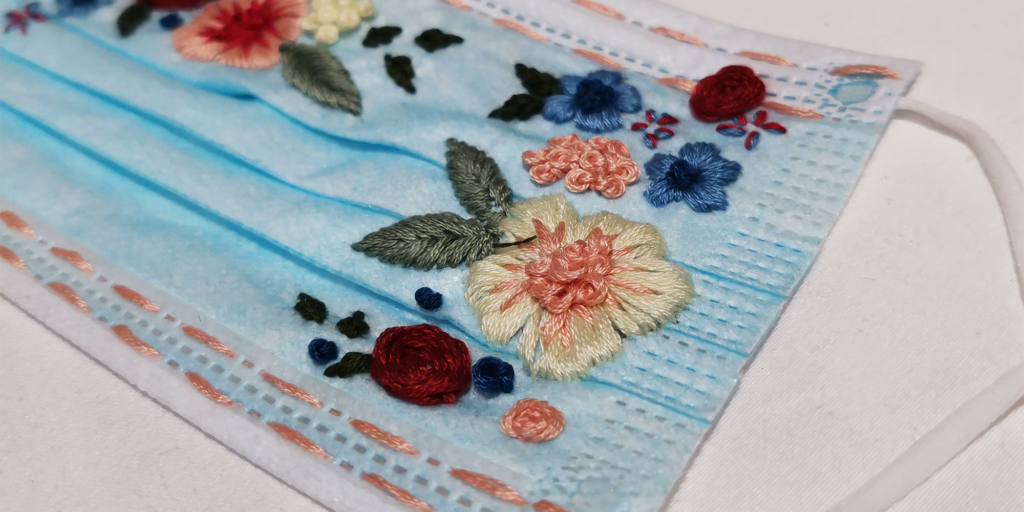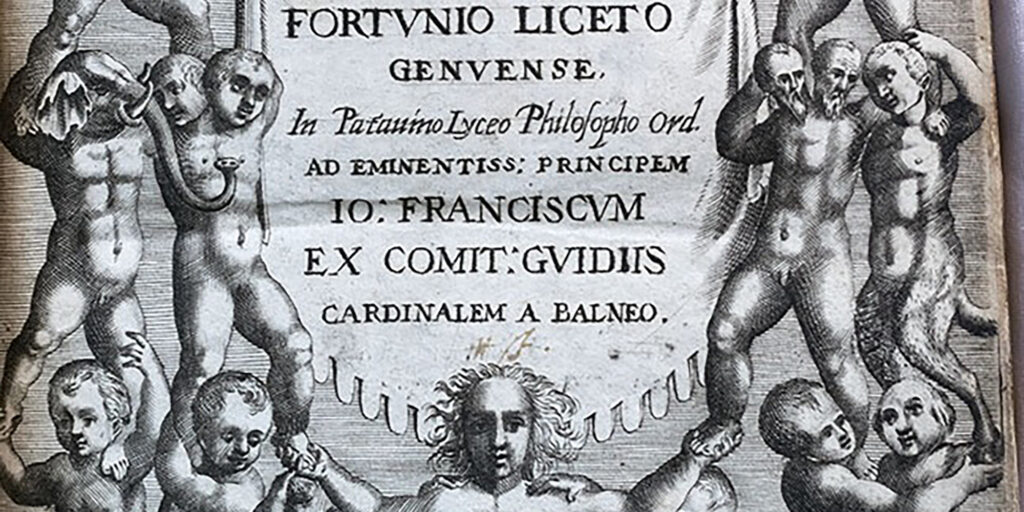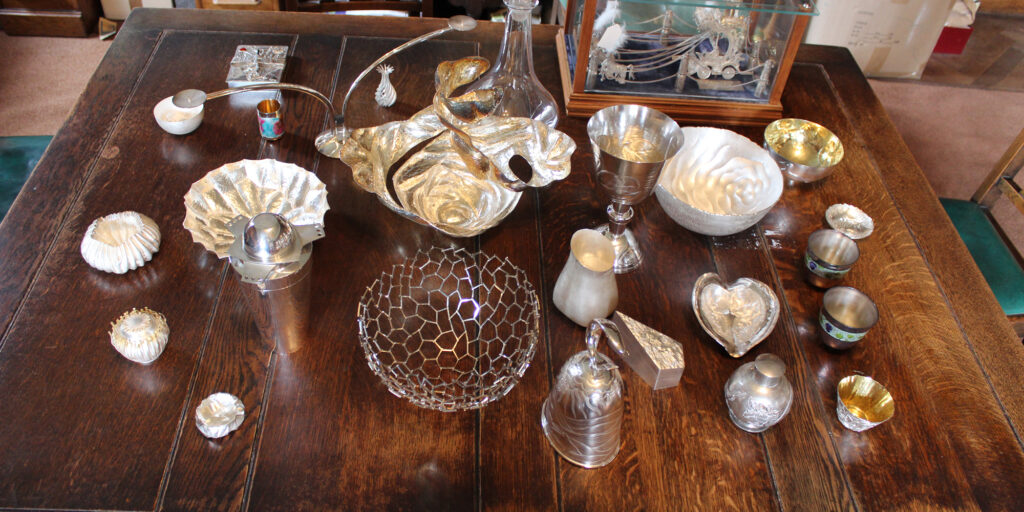Our Habitat & The Anthropocene
Co-Lab 2 aims to take students out of their familiar Subject Habitat to rethink the position of discipline within the context of the art school and the wider environment of Glasgow. This course involved 4 cohorts of staff and students each exploring the Anthropocene from a distinct point of view and approach. Students were put into small groups to work collaboratively, determining the direction their project takes, in response to fieldwork, research, and applying a creative process to explore the theme of the Anthropocene, and the question “How do we trace the impact of human existence in Our Habitat?
1. Crafting Communities
Crafting Communities treated the Anthropocene as an opportunity for creativity and hopeful speculation. Students considered the Anthropocene in relation to ecology and place, investigating cooperatives and communities, materials and matter. Students considered how nature and culture, materials and people, can work together to creative positive and useful artefacts and environments for co-habitation. Students worked in groups to develop their thinking to produce an outcome that responds to concepts of the Anthropocene as identified in the local habitats that they explore.
2. Placing Text
Placing Text interrogated the Anthropocene as a socially and politically constructed idea. Students used the concept of the ‘Flaneur’ as a basis to make active observations of their immediate environments. This collected research inspired the development of work further developed over the made. Students worked collaboratively to consider how they could develop their research to make work that considers ideas around the Anthropocene as seen in their local habitats.
3. Model the Environment
Model the Environment viewed the Anthropocene as the outcome of long-standing global political and socio-economic inequalities. Students worked together to make a short film that documents evidence they found in their local habitats of incidental human activity and interventions. These interventions were investigated to explore themes of social and economic inequality and how these issues relate to themes of the Anthropocene. Students worked collaboratively to develop their research into a project that responded to their fieldwork and Anthropocene research.
4. Drawing in Space
Drawing in Space took the Anthropocene as a context for ethnographic inquiry. Students explored mapping as an activity that records a place or environment, focusing specifically on the narratives that can be told in the places explored. From this students worked in groups to develop the narratives that they identified in their habitats. They considered how these narratives relate to themes that they have encountered around the Anthropocene and collaboratively produced work in response to this.
